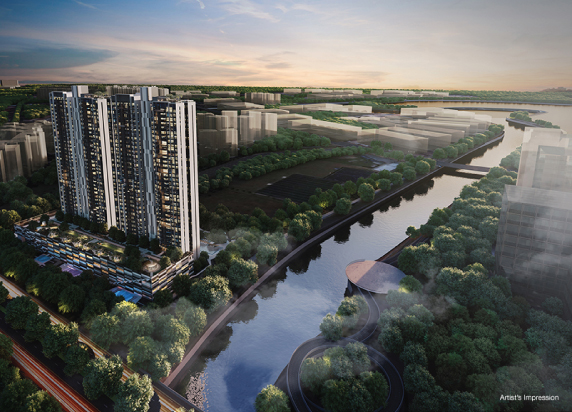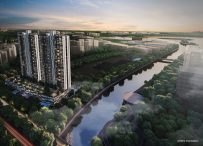13 Dec 2016
Much has been said about the housing situation in Singapore. The number of unsold private residential units with sale licences as of Q3 2016 remained elevated at 15,575. These indicators point to an oversupply situation, which could be bad for the property market. However, this might possibly be a good time for buyers to enter the market.
In this period of economic uncertainty, property stands out as an investment option. Investment properties are not solely an income generating asset; owners can also occupy the properties for their own use.
Singapore remains the second most competitive economy in the world for the sixth year, according to The World Economic Forum Global Competitiveness Report. Singapore’s strong showing is attributed to its strong infrastructure, higher education and training, and goods market efficiency.
Currently, there are many new projects in the market, providing buyers with a wide range of choices. In order to entice buyers, developers have been pricing their units very attractively. Property investors have been driving up the sales volume at project launches. For example, in the case of Parc Riviera and Queens Peak, 82 percent and 90 percent were units with one or two bedrooms.
While there have been many reports about the difficult rental market now, buyers of properties under construction will only have to worry about that in three to four years’ time, when the property is completed. Market conditions could have improved by then.

Photo: Parc Riviera
Consequently, some concerns have arisen over whether there would be an issue where many would be under pressure to sell when interest rates increase. However, given that banks are required to adopt a stringent set of loan approval rules, this is generally unlikely to happen.
For investors purchasing a second residential property, they are only allowed a loan quantum of 50 percent of the property’s purchase price, resulting in a much lower loan amount than a first time home purchaser. The Total Debt Servicing Ratio (TDSR) of 60 per cent also has to be taken into consideration. Lastly, when evaluating the loan amount, an interest rate of 3.5 percent is used; and this is much higher than current actual interest rates charged by the lending banks. As a result, these requirements provide a rather sizable capital buffer and investors should not be under pressure to sell.
So, if you are able to qualify for a second property loan and have sufficient capital to afford a second property, why not take the opportunity to invest in one?


